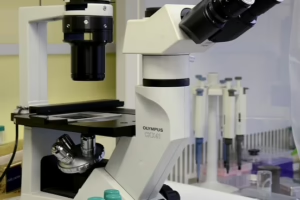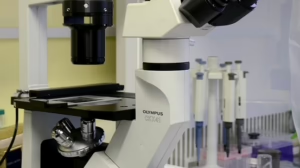Photosynthesis Unplugged: The Secrets Behind Nature’s Energy Conversion
Photosynthesis, often described as one of the most critical processes on Earth, is nature’s remarkable method of converting sunlight into usable energy. Though commonly taught in schools, the intricacies of this process reveal a web of marvels that underpin life as we know it. In this article, we delve into the secrets behind photosynthesis, using an engaging, unplugged approach that emphasizes understanding without scientific jargon.
The Basics of Photosynthesis
At its core, photosynthesis is the mechanism by which green plants, algae, and certain bacteria transform light energy into chemical energy. This process occurs primarily in the chloroplasts of plant cells, where chlorophyll—the green pigment—captures sunlight. But what are the essential ingredients that make this transformation possible, and what happens behind the scenes?
The process utilizes three key ingredients: sunlight, carbon dioxide, and water. These components come together in a remarkable symphony that ultimately leads to the creation of glucose (a type of sugar) and oxygen. The overall equation can be simplified as follows:
6CO₂ + 6H₂O + light energy → C₆H₁₂O₆ + 6O₂
Here’s a breakdown of how this extraordinary transformation unfolds.
Step 1: Light Absorption
In the initial phase, known as the light-dependent reactions, chlorophyll absorbs sunlight. This light energy excites electrons within the chlorophyll molecules, initiating a series of chemical reactions. This energy is then used to split water molecules (H₂O) into hydrogen ions (H⁺), electrons, and oxygen (O₂). Interestingly, the oxygen produced is released as a byproduct—an essential element for respiration in most living organisms.
Step 2: Energy Conversion
The excited electrons, now highly energized, are passed down an electron transport chain embedded in the thylakoid membranes of the chloroplasts. As they traverse this chain, energy is gradually released and captured in the form of adenosine triphosphate (ATP) and nicotinamide adenine dinucleotide phosphate (NADPH), two molecules that play crucial roles in the next stage of photosynthesis.
In an elegant twist of chemistry, these two molecules serve as energy carriers, much like batteries, storing energy for the next phase of photosynthesis.
Step 3: Carbon Fixation
The next phase, known as the light-independent reactions or the Calvin cycle, takes place in the stroma of the chloroplasts. Here, the ATP and NADPH generated from the light-dependent reactions are utilized along with carbon dioxide (CO₂) from the atmosphere to create glucose. This process involves a series of enzymatic reactions that combine carbon dioxide with a five-carbon sugar, ribulose bisphosphate (RuBP), ultimately producing glucose and other carbohydrates.
The Importance of Photosynthesis
Photosynthesis is not merely about energy conversion; it is fundamentally tied to life on Earth. Consider this: nearly all the energy that fuels the planet’s living organisms derives from the sun, with photosynthesis acting as a vital intermediary.
-
Oxygen Production: The oxygen released is crucial for aerobic respiration in animals and humans, making photosynthesis essential for life.
-
Food Source: Plants serve as the primary producers in ecosystems, forming the basis of food chains. Herbivores depend on these plants, and in turn, carnivores feed on herbivores, creating a complex web of life.
-
Carbon Dioxide Regulation: By utilizing CO₂, plants help mitigate climate change by reducing the concentration of greenhouse gases in the atmosphere, making photosynthesis critical for ecological balance.
- Energy Supply: Fossil fuels, derived from ancient plants, represent an ancient form of stored photosynthetic energy. The role of photosynthesis in carbon cycling implicates it as a key player in energy resources throughout history.
Unlocking the Secrets: The Future of Photosynthesis
Scientists continue to explore the mysteries of photosynthesis with the aim of enhancing its efficiency. Innovations such as artificial photosynthesis and bioengineered crops have the potential to address global challenges, including food security and sustainable energy. By mimicking or boosting the natural process, researchers hope to develop alternative energy sources that could one day rival fossil fuels.
Conclusion
Photosynthesis is a profound testament to nature’s brilliance—an intricate dance of light, air, and water that sustains life and shapes ecosystems. As we learn more about this captivating process, we gain not only a deeper appreciation for the ecosystems around us but also insights that can guide us toward a more sustainable future. By understanding—and perhaps even emulating—the secrets of photosynthesis, we stand on the cusp of advancing our energy challenges and fostering environmental stewardship for generations to come. The next time you observe a green leaf basking in the sunlight, remember the incredible transformation occurring within—it’s nature’s own energy factory at work.
For more insights into the science behind this remarkable process, check out [modern_footnote_source_link].


























Add Comment